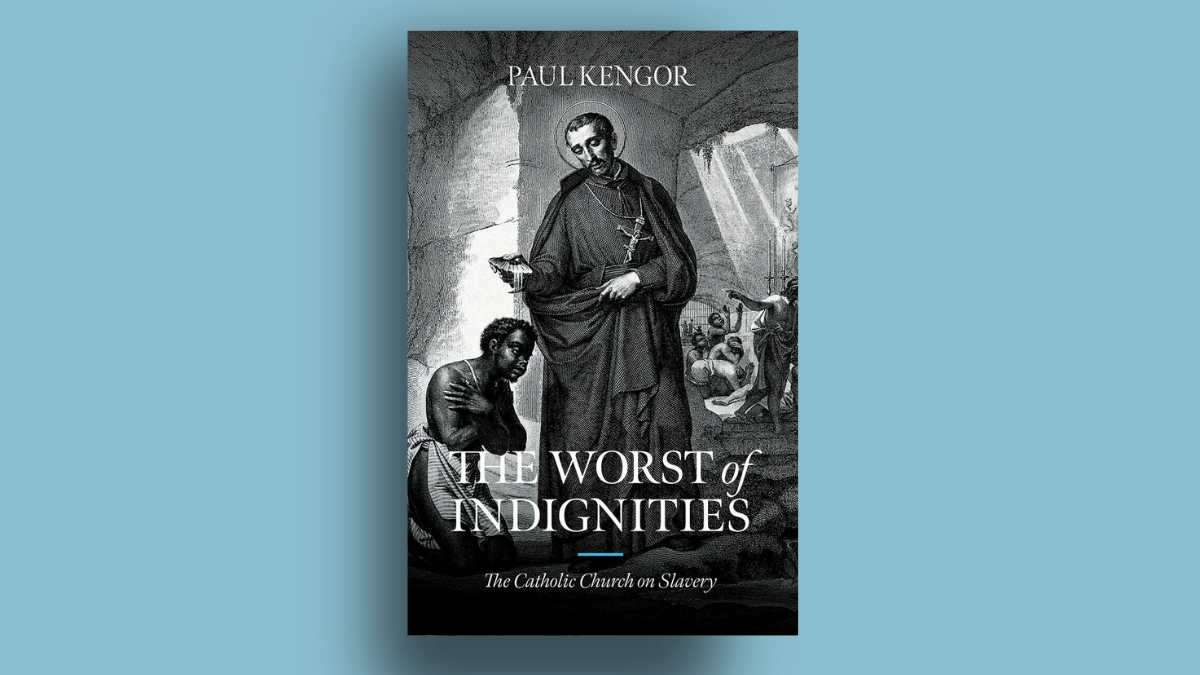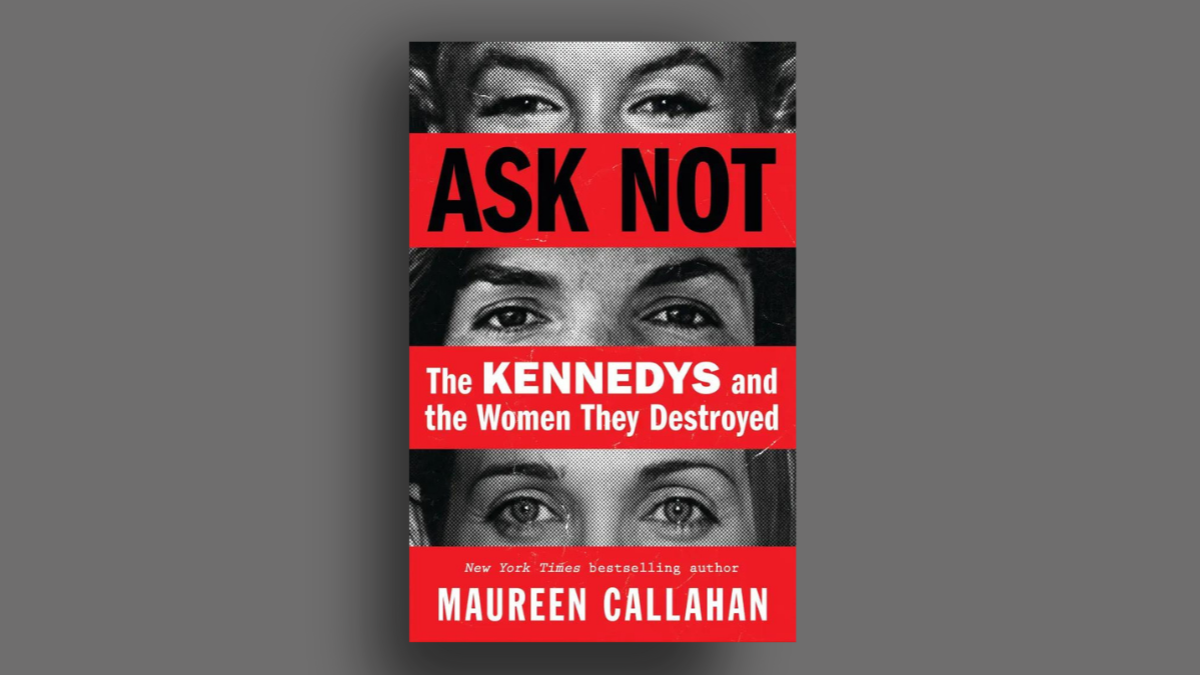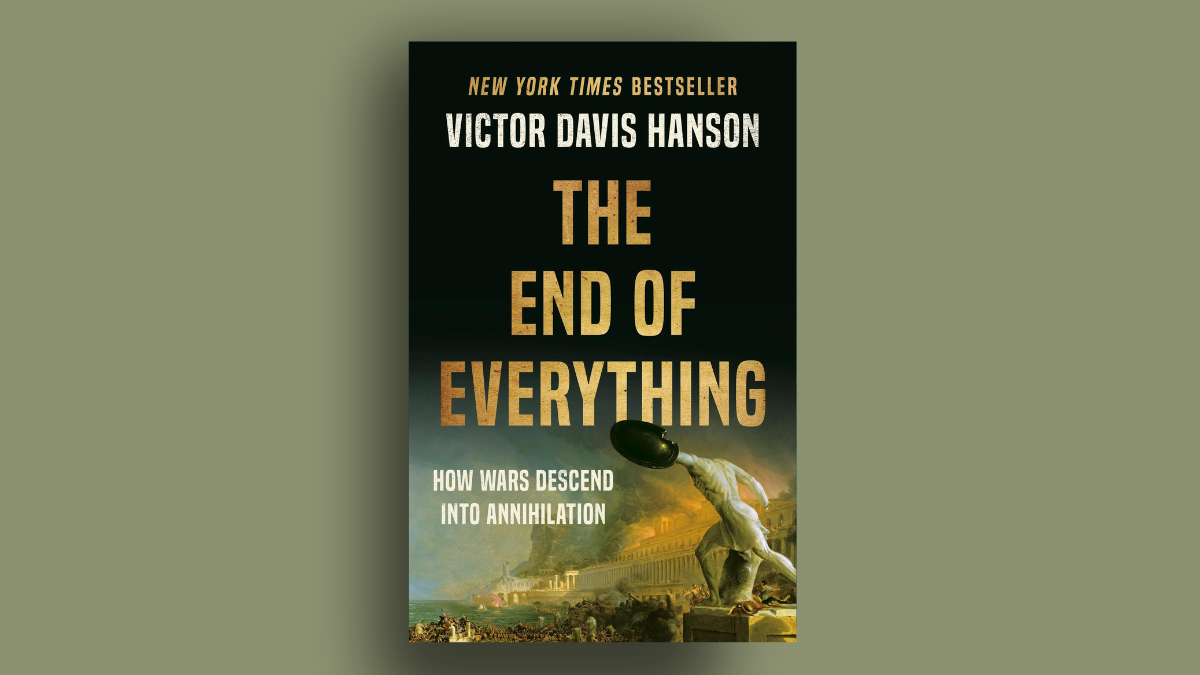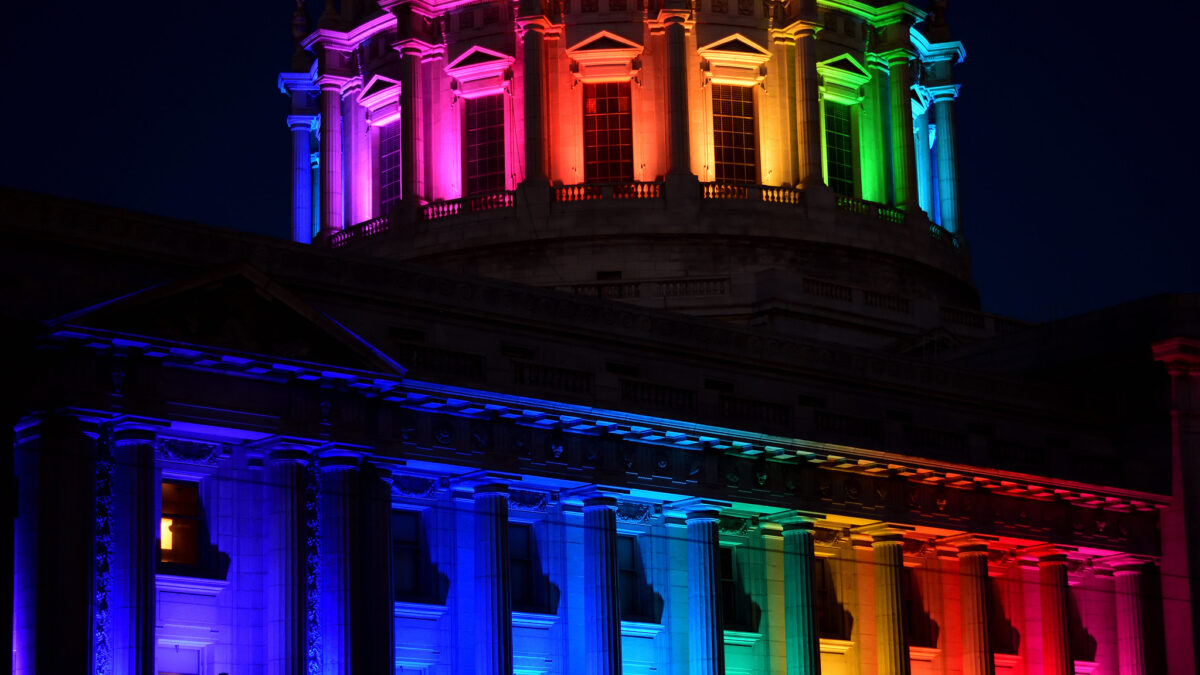In itself, there’s actually nothing wrong with the idea of revising history to suit modern audiences. Too often, history is told from the perspective of the winners, silencing so many voices on the margins. Thus, it follows that recovering these voices will give a fuller view of history, making it more inclusive and shared.
In practice, however, most historical revisionism does the opposite. Instead of adding perspectives and forging a shared identity, most revisionist historians reduce history to a narrative that caters to anti-Western intellectuals. This work inevitably involves a fair amount of exaggeration and fabrication. For unsuspecting students exposed to this pseudo-scholarship, they will know far less about their history, and what little they do know will be factually inaccurate and politically skewed.
This is especially the case with the subject of slavery. Although slavery has touched all known civilizations in humanity’s history, most Americans today believe that this institution has only existed in the United States from 1619 to 1865. And despite Christians being at the forefront of the American abolitionist movement, many Americans are often taught that most forms of Christianity condoned and legitimized slavery. This is partly why slavery is called America’s “original sin” as though it was a unique struggle for Americans failing to uphold freedom for its people, not a universal problem afflicting all nations in the process of mass industrialization and liberalization.
To set the record straight, Paul Kengor has written The Worst of Indignities: The Catholic Church on Slavery. Half of the book examines the history of slavery for the past 2,000 years; the other half functions as a rebuttal to the historical revisionism that distorted so many people’s understanding of slavery. In both regards, Kengor is not only successful at debunking popular falsehoods about the church and slavery, but he also makes a strong case that Christianity was altogether necessary for ending slavery in the West.
Inherent Dignity
Kengor begins his argument with the myth that no one, Christian or otherwise, really addressed the problem of slavery until the 19th century: “I found countless statements from scholars insisting that the Catholic Church did not get around to recognizing the evils of slavery until the late nineteenth century or early twentieth century.” On the contrary, Kengor is able to cite the innumerable instances of church leadership issuing statements condemning the chattel slavery of European colonists as early as the 15th century along with statements condemning slavery in general from the sixth century.
As Kengor explains, there was never a time when the church endorsed slavery because this goes against the very message of the Christian gospel. This began in pre-Christian times with God’s commanding the pharaoh through Moses to “Let my people go!” After this, God continued to prescribe limits on slavery, setting Israel apart from its neighbors. These events in the Old Testament laid the groundwork for Jesus’ work of freeing souls from sin and death. In this way, slavery took on a spiritual dimension as well as a physical one. True, some “Pro-slavery Bible preachers cherry-picked verses, quoting them very selectively and twisting them to their perverse preferences,” but most Christian churches, particularly the Catholic Church, provided the requisite context of such verses to guard against such interpretations.
In contrast to this, slavery was commonly practiced in non-Christian cultures where the inherent dignity and value of human life was not a given. Dispelling the notion that slavery was something Christians introduced to the places they colonized, Kengor brings up counterexamples from every continent. Native Americans in the Americas engaged in slavery as well as human sacrifice. Ancient Chinese dynasties had slavery for millennia — the construction of the Great Wall alone took the lives of “four hundred thousand to possibly more than a million” slaves. And slavery was, and still is, prominent in many parts of Africa and the Muslim world.
Of course, two wrongs don’t make a right, and slavery in non-Christian societies does not excuse slavery in Christian societies. Recognizing this, Kengor considers the most notorious groups of slaveowners in the popular imagination: the American Founding Fathers and the first Europeans to colonize the New World.
While most of the Founding Fathers were not Catholic, all of them held the Christian view that slavery was evil. The most proactive abolitionist among them was John Jay, the first governor of New York and one of the writers of the Federalist Papers. He was called “America’s Wilberforce” for his staunch advocacy and ending slavery in New York. Along with Jay, Ben Franklin, John Adams, and Alexander Hamilton were also vocal critics of slavery.
As for Thomas Jefferson and George Washington who did own slaves, they were well aware of their own hypocrisy. Kengor does not deny this but explains that their circumstances forced them to choose between abolishing slavery or having a country. While Washington freed his slaves upon his death, Jefferson contributed to the abolitionist cause by establishing liberty as an inalienable right in the Declaration of Independence: “[Jefferson] might be a personal failure in the matter of slavery, but politically, even morally, his accomplishment of July 4, 1776 was monumental, whether he personally owned slaves or not.” Both the abolitionists of the 19th century and the civil rights activists of the 20th century would build their case on Jefferson’s famous words.
Unfortunately, the biggest practitioners of slavery in the Western Hemisphere, the Catholic kingdoms of Portugal and Spain, cannot make the same redeeming claims. Therefore, Kengor juxtaposes their abuses with the objections of the Catholic Church, which were early and often. Starting with Pope Eugene’s papal bull Sicut Dudum in 1435, which denounced the trafficking of African slaves in the Canary Islands, popes and missionaries were constantly at odds with the imperial colonizers who had little to no regard for the indigenous people of South America or Africa. Evidently, the classic film “The Mission,” which beautifully dramatized the conflict between Jesuit missionaries and Spanish conquistadors, was a regular occurrence in South American colonies.
Kengor then couples the list of official statements from various bishops and popes with short accounts of major Catholic figures in the fight against slavery, many of whom were saints. Beginning with St. Onesimus in the first century A.D., he highlights heroic Catholics who were themselves slaves, like St. Felicity and St. Patrick, or liberators like St. John de Matha and “The Ransomer” St. Peter Nolasco. After this, he tells the stories of later Catholics like St. Peter Claver and Bl. Francisco de Paul Victor, who actively fought against chattel slavery happening in South America.
It should be said that although these middle chapters detailing these texts and holy men provide strong support for Kengor’s argument, they become tedious after a while. From a historical standpoint, Kengor’s thoroughness effectively illustrates a consistent pattern of church policy and smothers any opposing claims, but from a narrative standpoint, these subsections start feeling repetitive. It would have been better if this information were condensed and the numerous relevant block quotes were included in an appendix.
That said, if readers make it through these chapters, they are treated to the best part of the book, Kengor’s biographies of three former slaves in the 19th century: Ven. Pierre Toussaint, Ven. Augustus Tolton, and St. Josephine Bakhita. In the stories of these three individuals, one can finally see the liberating and empowering force of the Christian gospel working through households and communities.
Toussaint was a Haitian slave who moved to New York City, made a small fortune becoming a hairdresser, and paid off his master and mistress’s debts after he was free. Tolton was an American slave from Missouri who eventually became the first black priest in the United States. Bakhita was a slave in Sudan who ended up moving to Italy and joining a religious order in Italy. Even though all of them encountered racial discrimination, their faith and fellow Christians enabled them to rise above it.
Preserving the Narrative
Finally, Kengor concludes his argument with a discussion of modern slavery and today’s racialist ideologies. According to a recent study, “40.3 million people worldwide live in slavery today, and 89 million in total over the previous five years.” As in previous centuries, the Catholic Church continues to lead the charge by speaking out against this injustice. Pope Francis continually raises this issue in his speeches and encyclicals while many other writers and journalists do the same.
So why does this not receive more attention from today’s self-identified antiracists? Kengor suggests their Marxist commitments will not allow it. It’s more important to preserve the narrative of white oppressors exploiting nonwhite victims than to acknowledge the millions of souls who don’t fit this narrative. By this point, Kengor has more than proven just how hypocritical, ahistorical, and gravely immoral these people are to maintain this fiction at all costs.
Overall, Kengor’s book is an important one that succeeds in its mission to correct the many mistakes of today’s historical revisionists and make a persuasive case that converting to Catholicism (or at least adopting its wisdom and example) is the best way to combat slavery and racism. The history might be complex, but the facts are clear: Christians were the true antiracists.









